Wishing Rooms – By Daniel Mirer
(Spring, 2000)
The text excerpt written by Mirer draws on some very interesting discourses that surround interior and architecture photography in relation to temporality and transformation. He states how his methodology and approach to post-industrial, architectural photography seeks “to reveal their flat, banal, melancholic, uncanny aspect, in which the individual vanishes in the glare of fluorescent light. And temporally, they evoke an often haunting sense of the ephemeral.” (Photomedia Module Reader, 2016-17). This is an intriguing analysis that discusses the ephemerality of institutionalised spaces, mentioning how both interior and exterior spaces are carefully coded to communicate particular message and discourses. Institutionalised spaces such as school, office buildings and public areas distinctively areas of transition, Mirer states that within these areas “There is the sense that nothing is permanent here.” which is an interesting concept to consider when photographic spaces. The areas we inhabit and move through, are heavily coded; due to the sheer level of exposure to these subtle messages… we often take them for granted, it is important to recognise the environments we are in.
Mirer also examines the coded nature of office buildings and how they are constructed to convey particular messages. Within this reading, various different themes arose such as ‘transparency’, ‘Post – Industrialism’ and ‘Corporate/institutional spaces’. Mirer discusses the effects of photographing these spaces in ways that make visible the strains and tensions that exist within society. Spaces are often recognised as gendered, Mirer described a domestic space as feminised, due to it’s messy, emotive and irrational characteristics that invite private, natural or often taboo behaviours. In contrast, corporate/business areas are regarded as masculine due to their clinical, strict connotations, an area of seriousness and labour. We were asked to answer a set of questions related to the text excerpt these are…
Questions related to reading:
How does Mirer suggest that transparency operates in corporate workspaces? What can transparency offer us visually?
“They are spaces structured as rational grids and hermetic enclosures – “hygienic spaces” designed to eradicate suspicious and, above all, irrational thought through the police apparatus of surveillance in a transparency of space. [3]” [195]
“The row upon row of open workstations, the predominance of glass partitions and walls that do not extend to the ceiling, and the almost invisible presence of video cameras, hidden back hemispheres attached to ceilings, reveal that space is organised to ensure that employees are under constant surveillance. But ultimately the security that they provide is not for employees, but for the corporate order itself, an order that I strive to make visible and tangible.” [p197]
- Can transparency [as a medium or material/canvas in which to work upon] offer a further dimension or aesthetic to an image/photograph?
- May also create the illusion of clarity or purity, can add [illusion] layers of depth within an image whilst also flattening and compressing an image by figuratively placing a see-through barrier over the composition.
What happens when we photograph a designed space devoid of people?
- Spaces become flattened, free from shadow, depth and tonality; sterile also creating an eminent sense of the uncanny [p195]
- Creates the illusion of picturesqueness, nature or isolation, solidarity, clinical
How are ideas around gender applied to designed interior or exterior spaces by Mirer? What are your thoughts?
“These rooms are feminised spaces, in contrast to the masculinized spaces of corporate offices, boardrooms, and corridors that I photograph.” [p196]
“They are truncated simulacral fragments of idyllic home environments marketed to middle- and upper-class consumers of a certain type of class aestheticism: nonspaces intended to be consumed and incorporated into the realm of daily life, where they become domesticated.” [p196]
- Images appear flattened, demonstrating photography’s primary function; to record information. His images appear to record both spatiality and temporality of the ‘post-industrial experience’
- Photographed spaces from a frontal POV, revealing the banal, flat and melancholy nature of the space à also evoking a ‘haunting sense of the ephemeral’. [Nothing within these spaces is permanent]
- His interest emanates from a desire to understand the world that surrounds him and his ‘intense separation from it’ à obsession with the ephemerality of space
Themes:
Transparency –
- Creates a dichotomous illusion of clarity/visibility à the opposite surveillance and control [High-rise/corporate
- Also, can flatten and compress
- Adding another layer…
- Mirror/reflections à juxtapositions, bringing things together that are completely different… compressing time and space into the same space
- Exciting compositions, more accidental framing
Post-industrial –
- Financial / Economic service à The Becker’s
- The status object à work of art à boardroom table (weight power) BUT cannot distract from the power/focus on labour
- Designed space, without people in mind à we make buildings messy (how do we interact with this?)
- Empty spaces à the uncanny, spaces; unhomely, a tension between feeling at home but feeling odd simultaneously unease? The child is open to imagination we as adults become repressed, how odd we find dolls; children aren’t freaked out by that…
- Feel uncomfortable, but comfortable, homeliness and unhomeliness.
- Domestic space devoid of people become uncanny, looking for other meanings and traces, other ways of interpreting the place, evidence of people but nothing there
- Empty corporate spaces, class anxieties.
Show Homes –
- Loss of identity, a kind of advertising, fostering desire, not necessarily truthful, loss of identity whilst you try to gain this desire à same as everyone else.
Gender –
Domestic spaces
- Feminised spaces, domestic, messy occupies lived in. A personal space, with memory, experience and history
Corporate Spaces
- Clinical there to work, devoid of mess or disruption [‘Traditional’]
- Consider room sets, non-spaces à class tensions/anxieties (Aesthetic melting pot)
- Rendering one’s self completely to the choice of everyone’s
- Partitions glass, invisible presence of cameras à security is not for employees but corporate imperatives.
- Photography can visualise transparent spaces/ power dynamics
- Transparently, architectural design
Artist Research Relating to Text Themes:
Peter Bobby…
Interiors – High-rise (23rd, Bar)
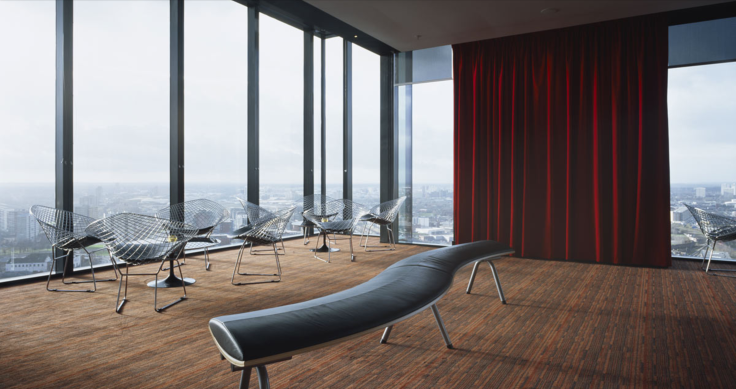
- Sublime, power, status, superiority, elevated viewpoints (john Davies – landscape photographer) Notion of the author as all-seeing, surveillance, class/mobility
- Top floor, place to confer, looking down on life in a position of power/privilege
- Red Curtain, accent, breaks up space, mysterious
- Possible connections to / performance of lust, fame e.g. connotations of cinema, theatre, stage, fame à links to class? Red as a colour, powerful dominant, anger
- Sumptuous, revealing, coding of room, deliberately coding a business space,
- Think of visceral responses –> unease
- Social housing developments… symbolic of issues around poverty and social care
- High can be about containment and poor living condition
- Very clinical space, Large windows, all seeing, even transparent chairs –> minimalistic –> the tulip? Cultural capital, knowledge, knowing choice and selection, design-aware
- Space equates to having money, large more power/wealth
‘Zenith’
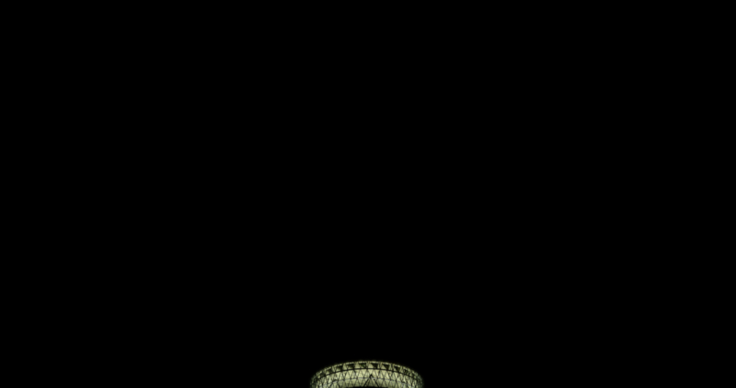
- Possibly explores the insignificance of humanity, you can try but you won’t succeed, you are just a mere ant in relation to the world,
- Isolation, on your own, illustrates the expansive dark space surrounding the high building, Mysterious, blackness, possibly fear
- Possibly exploring how/when humanity cease to exist
- Binary opposite of the project prior
- Light isn’t strong enough to shine through the darkness, complete lack of visibility – juxtaposes transparency
- It’s illuminated, it is being highlighted but why? Functionality? Or representation?
- Possibly a beacon of humanity, safety, beacons, illuminating its own form.
- Photographing inside and outside [interiors and exteriors]
- Tops of buildings is where decisions, status and power reside
- Skylines and readability, features within our cities for those very reasons, communicating power, control, wealth à a language or recognisable set of symbols
- Unconventional framing
- Recognising power of buildings due to their only feature within the image but also subverting it through the expansive darkness
‘Temporary Showhomes’
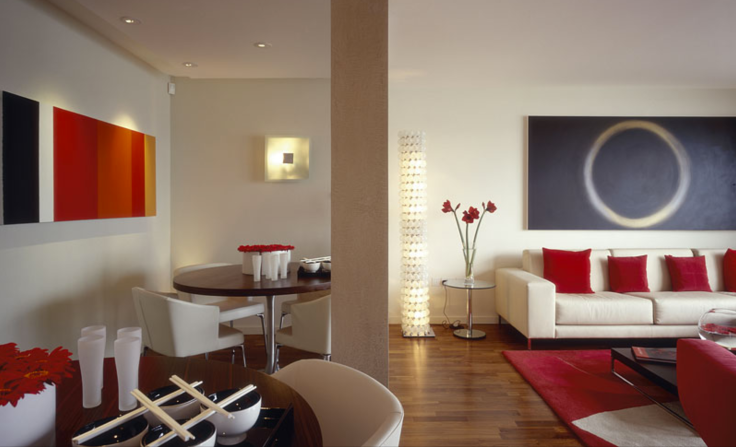
- Clinical, minimalistic, untouched, unlived, unused, free from human touch or interaction, devoid of personal and personality à space doesn’t have any character
- Interesting use of partitions, stylised perfect, unsettling, clean, transparency in a different sense?
- Furniture and design looks free, nowhere for dust to settle, dark wood catches dusk, confidence of display, display things other ‘conventional people’ wouldn’t dream of using,
- Displaying something you want but you can’t have, display over functionality and practicality à surrealist
- Looks like hotel room, if you were to remove any more furniture, space could completely change
- Ideas possibly linked to transparency, glass table, glossy surfaces, polished pristine, untouched/untainted surfaces.
- Possibly not even living there, only sleeping there (hypothetical), flats aren’t necessarily designed to live in, either an investment or staying in area – avoiding hotel for reason discussed.
- Other Research Group Notes:
Lewis Bush: Dystopic?
The Camera Obscured…
- Security guards stopped him from photographing, he decided to build a camera obscurer, draw pictures noting how long the guards intercepted, unfinished works security guards got to him quickly
- He is revealing security that is often hidden, drawing subversive activity, physically interacting with a security guard à panoptic (p83 of reader)
- Microsystems of control, screens, monitoring, the watchful eye….
- Using a pre-photographic device
- Camera obscura in Bristol, projected image can watch people on bridge, photographic device,
- Surveillance subverted by a cardboard box and pencil
Metropole…
- City redeveloped as forests of glittery high-rises
- Double exposed images, e.g. 2 lines, double exposure and lighting moved [Intentionally]
- Absence of people within the images à Emphasises the obscurity of the photographs, links to the uncanny and desire/aesthetic; appealing to pattern, order
- Double exposing by spinning the background and rotating the camera lens, draw attention to pattern à twinkly appeal of glass towers
- Perhaps drawing on themes within the reading, physically interrupting that by distorting the image
Catherine Yass – Corridors, what is a corridor?
- Non-space, area of transition, empty,
- Positive and a negative of that image and put them together; sees the gaps between the two, creates a tension between illusionist depth, which stops you from moving through that corridor
- Not of any importance, but are everywhere
- Function to move people from one area to the next, may not refer to in the same way when present within the home à exploring institutional spaces
- Passing through them… NOW NHS; corridor has become a space of waiting, school, sitting waiting… [Also a punishment to be seated in a corridor]
- Interior non-places, ways in which exterior spaces can communicate within interior spaces
- Draw upon ideas of the uncanny, think of film references e.g. the shining, main action scene is linked to corridor – insert into blog [Film References]
Donovan Wylie –
- Photographed surveillance and post-conflict war in Ireland, then photographed Afghanistan and the east à surveillance in conflict, Panopticism, à the all-seeing eye, observation, control, disorientation
- The Maze Prison; Memorial/historical space… photographed architecture, designed to be a confusing and psychological challenging space, a method of control [Juxtaposing of control and uncontrolled] à mentally disorientating
- Maze interiors/Cells, incredibly confusing spaces all look the same, revealing the difference through similarity, Stephen gill etc.
- Gathering and collecting similaritiesà hold on to differences
- Very simple differences between images can have a mentally disorientating effect
- Photographers privilege is to move around the space, prisoners wouldn’t have anything
- Room signifies independence
- Depersonalised space, ephemerality
- Decommissioned space,
- Photographing something when its current and something when its post (very different experience
- Photographing as the role becomes inactive
- Subtle ways people/things become impersonal
Andreas Gursky –
Born in 1955 in Germany, Gursky developed a fascination for large format photography, capturing wide and expansive landscapes that feature vibrant and colourful oversaturation. Andreas also photographed impressive architectural structures that display interesting and eye-catching patterns, shapes and odd parallels.
Centre Georges Pompidou 1995 –

The Rhine II 1999 –

Paris Montparnasse 1993 –
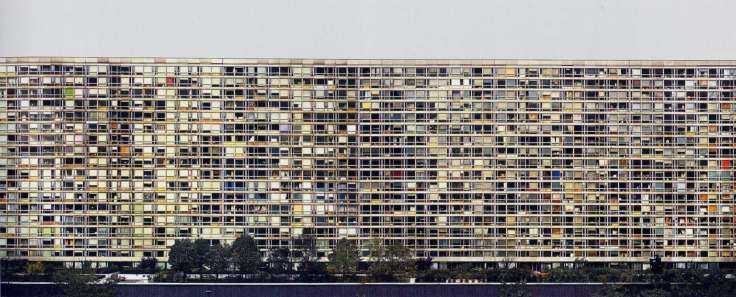
Media Markt 2016 –
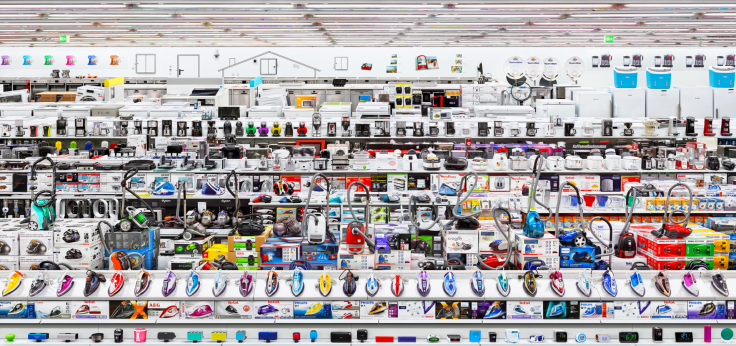
This Weeks Landscape Shoot…
This week I took a selection of images that were taken at a small venue in Swindon titled ‘Twigs’ which is a small community run garden that is maintained by a Charity called TWIGS (Therapeutic Work In Gardening in Swindon) that was founded in 1997. “It was formed by a local lady who realised the therapeutic benefits that working with nature could bring to those experiencing mental health problems.” (TWIGS Community Gardens, 2017). These are a selection of different landscape shots that have tried to incorporate different factors and aspects learnt in previous weeeks. I have also decided to still continue to photograph more rural landscapes rather than focus soley on just industrial and urban landscapes to achieve a well rounded idea of landscape photography.
Here is more information about TWIGS: http://twigscommunitygardens.org.uk/
Intimate Spaces Shoot –
Generally, I strugled to fulfil this shoot because for some reason, I struggled to come up with an original idea in which I felt was original and dynamic however…these are a selection of shots I had taken for the preliminary brief of intimate spaces. I have decided to take a variety of shots from different perspectives that all work to include (in some form)…
- I feel that close-up shots are a good technical approach to creating the illusion of intimacy, between both photographer and subject and image and photograph due to its ability to make visible the tiny details that aren’t typically disernable to the naked human eye.
- I made the conscious decision to photography intimate areas of the human body, alongside intimate areas (I slightly struggled with this, because I am more accustomed to photographing objects rather than people) within intimate spaces. I found it interesting how a space can change depending on what is happening within it. For instance, I took a selection of images of two females engaging in posed and genuine moments. These shots are taken in a public space (around campus; although, a hotspot for romantic encounters…) It is interesting that within the images where genuine inimtacy has been implied the space has also changed to connote intimacy due to the strong focus and emphaisis on those individuals sharing an intimate moment.
- I also took some shots of me and my partner within our bedroom, (a typically intimate and private space!). Again focusing on small and mundane areas of the human body to create a sense of intimacy pared with the use of controlled/artificial lighing helped to create a warm, and intimate space where the casting of shadow aided the illustration of proximity and initmacy. Due to the lighting these shots appear to have a warm tonalily that is comprised of pink and yellow hues which further perpetuates intimacy due to the warm and inviting colour and tonal ranges. However, due to this lighting, image grain and clarity was a real issue, however, to combat this and to create a feminsed and intimate space I softened the images slighting in Camera RAW.
- I also wanted to consider intimate spaces, in terms of classic and dominant ideological forces. An intimate and private space appears unmediated, private, natural and personal… all of which are traditonally regarded as femanine qualities thus creating intimate spaces as highly feminised. This again was perpetuated within my images that captured genunine intimacy through use of soft, delicate and warm lighting. Although, within my more constructed images, I perpetuated feminised ideology by incorporating two females sharing ‘inimate’ moments.
References:
Bobby, P. (2017) Project: High-rise. Available from: http://www.peterbobby.com/ [Accessed 7th February 2017]
TATE (2017) Andreas Gursky. Available from: http://www.tate.org.uk/art/artists/andreas-gursky-2349 [Accessed 7th February 2017]
C4ContemporaryArt (2017) Profile: Andreas Gursky. Available from: http://c4gallery.com/artist/database/andreas-gursky/andreas-gursky.html [Accessed 7th February 2017]
Gursky, A. (2017) Works. Available from: http://www.andreasgursky.com/en/works/2016/media-markt [Accessed 7th February 2017]
Bush, L. (2017) Metropole. Available from: http://www.lewisbush.com/category/metropole/ [Accessed 7th February 2017]
TATE (2017) Catherine Yass. Available from: http://www.tate.org.uk/art/artworks/yass-corridors-t07068 [Accessed 7th February 2017]
TWIGS Community Gardens. (2017) The Roundhouse. Available from: http://twigscommunitygardens.org.uk/index.php/gardens/roundhouse [Accessed 8th February 2017]

















































Leave a comment